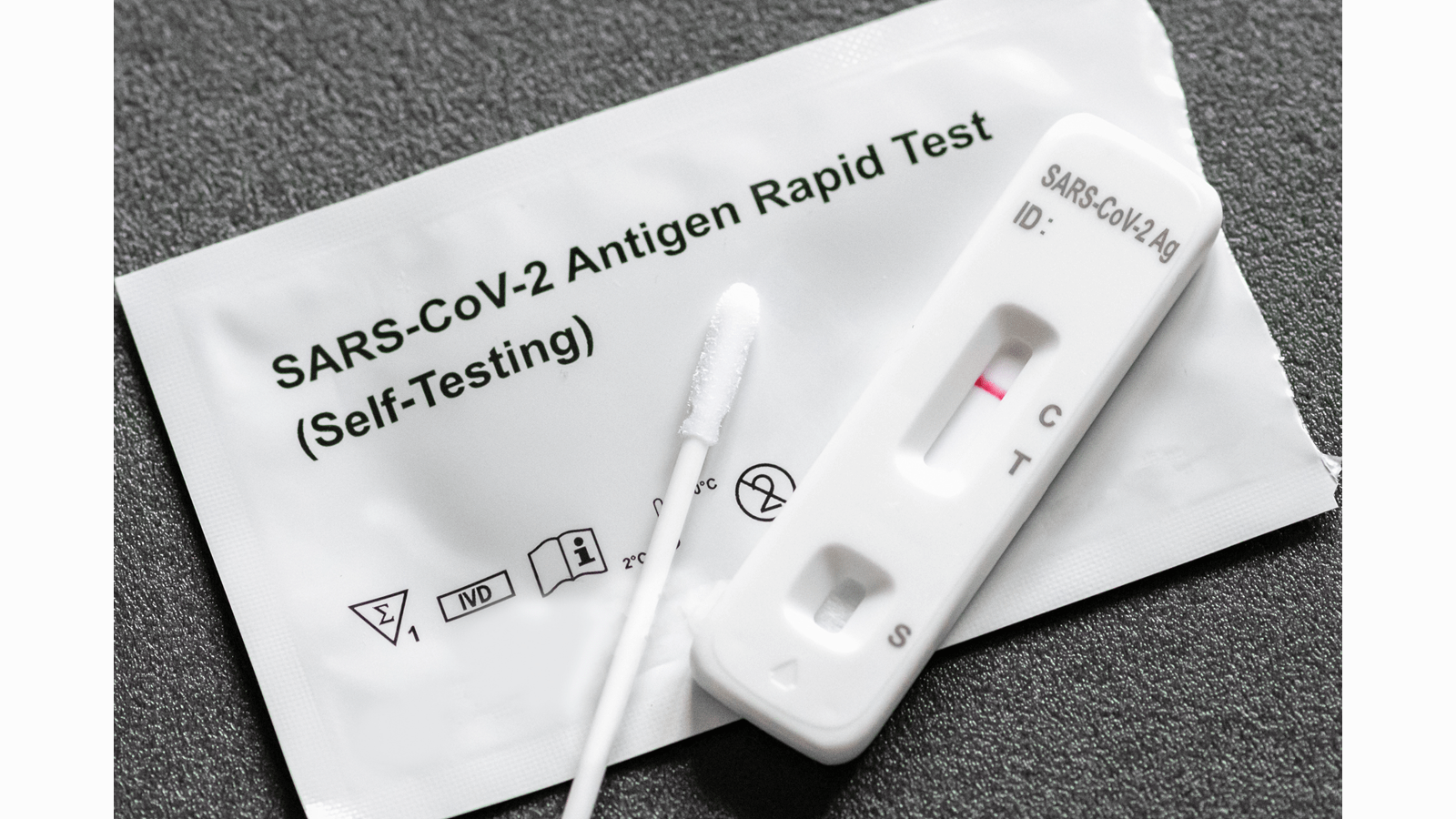Four years after the COVID-19 pandemic began, SARS-CoV2 remains a threat to the health of primary immunodeficiency patients. And though PI patients long to return to regular life without having to calculate COVID-19 risks, a Duke University allergy and immunology specialist advised precautions heading into the holidays.
Risk for PI patients varies based on which type of primary immunodeficiency disease the person has – and there are several hundred varieties, said Dr. John Sleasman, Chief of the Division of Allergy & Immunology at Duke Children's Health Center. During a webinar presented by the Immune Deficiency Foundation last week, he recommended that guests test themselves for COVID-19 before holiday gatherings that include immunocompromised patients.
Consider where infections are most likely to be transmitted – large conventions or meetings, on a crowded subway and while traveling on an airplane, Sleasman said.
“You’re not going to get infected at a meeting of eight or 10 or 12 people if everyone tested negative before the dinner,” he said, responding to questions from webinar participants.
Consistent with the U.S. Centers for Disease Control recommendations, Sleasman recommended vaccinations, including the latest booster, because it protects across several virus variants. For people ages 60+, the booster can provide a ten-fold reduction in risk of serious disease, said Sleasman, who is also a Professor of Pediatrics at Duke University School of Medicine.
He shared research data that showed COVID-19 vaccines were effective in patients with several different primary immunodeficiency diseases. While the vaccine was more effective in the general population, people with PI diseases still enjoyed a good level of protection.
Other data held some surprises, he said. For instance, patients who have X-linked agammaglobulinemia (XLA) don’t make antibodies so one might have assumed they would be particularly at risk of a novel virus like SARS-CoV2. But data from 2020 – prior to vaccines being available – showed the XLA patients fared better than those who have CVID, common variable immunodeficiency.
Patients who had CVID were more likely to be hospitalized and to die in the hospital than XLA patients who don’t make antibodies, Sleasman said. One reason could be underlying lung damage in patients with CVID, he said. And though we focus on antibodies, that’s not the whole story in a highly complex and individual immune response. T cells have been found to be key in defending against the virus and T cells in people who have XLA work fine, Sleasman said.
He is currently enrolling XLA patients in a study to measure how T cells perform in fighting SARS-CoV2 both before and after someone has been vaccinated. The results will be compared to healthy people with normal immune systems.
Sleasman says he’s an advocate for doing research specifically on the impact to PI patients, rather than extrapolating from general population data. It shouldn’t be an afterthought, he said.
“Let’s get the data and let’s get the data in our community,” he said.
And though it’s frustrating, especially after four years of dealing with the threat of COVID-19, risk still must be calculated at an individual level. He says he worries about his patients who are adventurous travelers or have occupations, such as law enforcement, who must be out in the public. He recommends N95 masks to reduce the risk of infection and vaccines – which have improved and will likely keep improving – to minimize the risk of severe disease, he said.
“I think we still have a great deal to learn about SARS-CoV2 and COVID but our toolbox is much better now than it was in 2020.”



